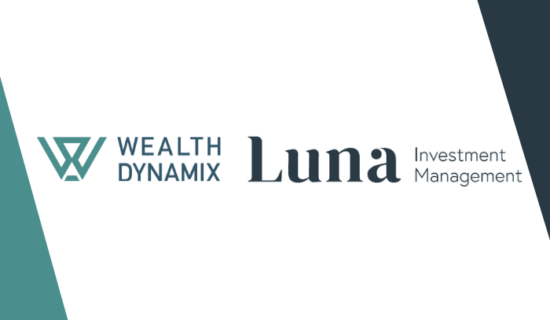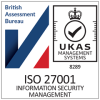Onboarding is the advent of the client lifecycle and wealth management firms must ensure that they have the technology to support all the subsequent actions, writes Johnny Beloe, Head of Pre-Sales, Wealth Dynamix.
Whilst client onboarding is the most focused and concentrated sequence of interactions between a client and a wealth firm, it is not unique – the interface extends across the entire client lifecycle. Yet all too often the onboarding journey is treated in isolation – thus duplicating tasks, creating unnecessary risk and wasting valuable time for the wealth manager and client alike.
What should the onboarding journey look like – and how can technology help?
1. BPM tools
In today’s wealth management world, Heads of Operations and Compliance should be able to use process control screens and other business process management (BPM) tools to view how far along the onboarding pathway the client has travelled and to spot any potential blockages before they occur.
The problem with most business process management (or ‘workflow’) tools is that they are not contextualised for the industry in which they are being deployed. The functionality exists, but the wealth management firm’s IT team still must undertake some bespoke systems development around the application to make it suit the workflows required.
2. Holistic solutions
Some prospect management solutions that claim to be ‘CLM’ systems only cover a part of the lifecycle. The same might be said of many CRM systems.
Most onboarding systems will be able to model the rules around what data and documents need to be collected, or what additional product-specific steps may be required in the workflow. Often, however, they will be unable to interface with or orchestrate the workflow between the different people within the team and all the other departments across the firm.
3. Parallel processing
Additionally, many of the traditional onboarding processes that existed were based around the concept of a sequential progression. Forms and files were passed around from one team to another, going through several gates and approvals, and being passed back if there were issues. The result was costly delays.
With the introduction of digital forms this workflow has largely been digitised, but it is still very much sequential. The secret is to cleave this work into a series of parallel processes, instantly making the timespans shorter. This matters because every day a wealth management firm is delayed from bringing new assets under its management, the firm is losing fees.
4. Client risk appetite assessments
In the event of a compliance situation (such as the FCA requesting new risk profiling for 1000 clients), the wealth management firm must be able to bulk invite those clients to commence that process, then receive notification when those clients have complied, triggering an onward action. If the client risk profile has changed then the advisor should be alerted on their dashboard and the Compliance team should be able to see the proportion of clients that have responded.
5. Dynamic interfaces
For a relationship manager or client advisor, there must be some form of interface with which to initiate the onboarding process – a system to guide them through all the steps involved. They need to have sight of the forms, check lists and rules that have been generated.
As the required data is loaded, the system should be dynamically recalibrating and initiating messages to the client advisor.
6. Centralised client lifecycle management (CLM)
During periodic client reviews, there is a requirement to ensure all documents are still valid. Standard DMS (Document Management Systems) will be able to record document type and expiry date, but can they generate a trigger to request a new document at the right time?
This is where a centralised client lifecycle management (CLM) system can pay dividends – there is no need to interrogate other systems to find and correct data on expiring documents.
7. Continuous compliance
During the lifetime of a client, there is a need to retain the original documents and data from onboarding to respond to changes in the client’s circumstances. Without complete access to the entirety of the client’s data, the management of and responsiveness to these changes becomes weaker. If the advisor’s client data (the KYC or ‘fact find’ data) is all visible to the client, it makes that whole process of ‘continuous compliance’ far easier.
Summary
The objective of an onboarding project it is not simply about making that initial experience a positive one for the client. It is the beginning of the client lifecycle, involving occasions when the advisor must update data ad hoc, conduct periodic reviews or even have conversations with clients.
The deployment of the right technology across these activities will enhance both efficiency and effectiveness.
If you feel your onboarding journey is treated in isolation and could benefit from more holistic technology, now could be the time to take some decisive steps to improve it for the future.
Essential reading for key decision-makers
To summarise, a poorly designed technology stack can lead to misguided decisions, costly u-turns, siloed systems, and, worse, a disjointed client journey.
Therefore, this topic makes for essential reading for CLM decision-makers, especially for those in the role of Chief Operations Officer, Head of Client Service, Head of Relationship Management, or Head of CRM/Onboarding/KYC. Relationship managers and marketing specialists keen to raise their game in line with the expectations of contemporary clients will also find it a helpful resource.
Available for download now
Our Defining Onboarding whitepaper is available for download now. If you feel your clients could benefit from a better onboarding experience, now could be the time to take some decisive steps to improve it for the future.





